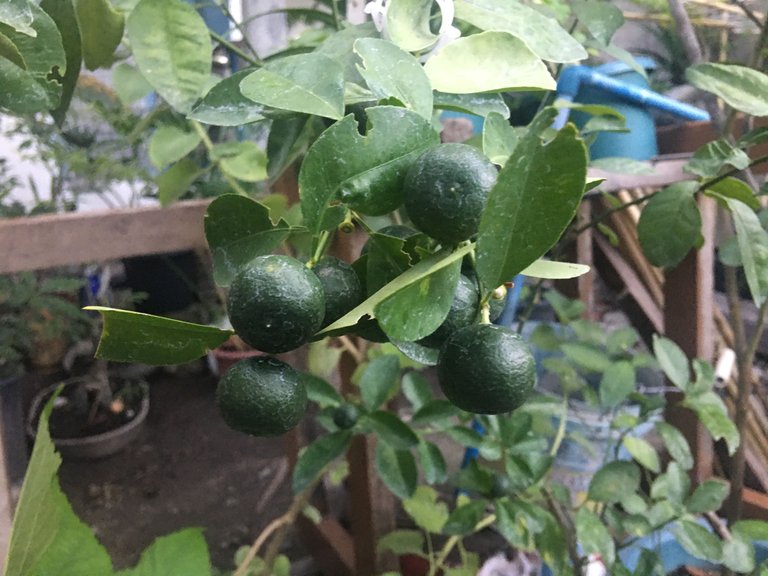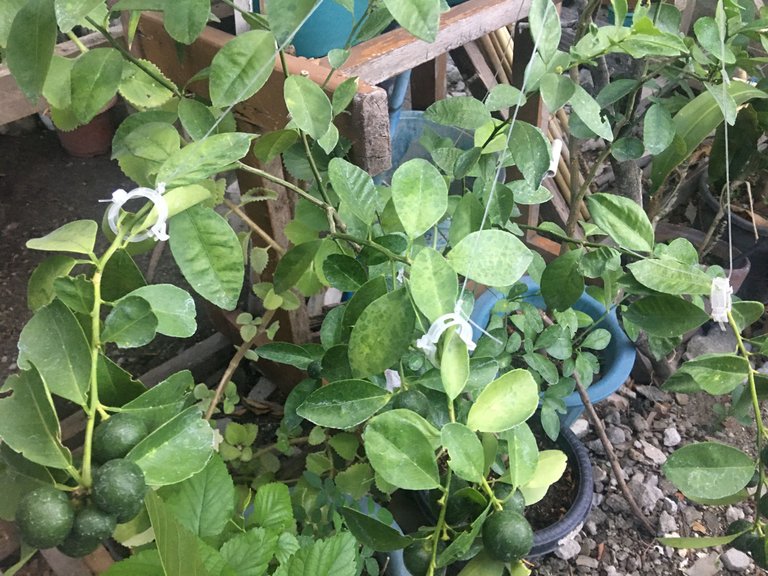Hello home gardeners,
The calamansi I bought from a plant vendor looked promising when I first saw it. The many little fruits growing on its small, thin branches made me buy the plant a year or so ago. However, the fruits slowly fell off one by one until there were none, leaving me disappointed despite my best efforts to take care of it.
After a long wait, the calamansi started to flower, but I held my breath, thinking they wouldn’t mature, making me feel like a bad gardener yet again. It has been a month or so now, and as you can see in these photos, they are still thriving. I didn't want to harvest them; I just wanted to look at them. Finally, I can say this is a success.
Taking care of a calamansi plant can be a rewarding experience, especially when you see those little fruits finally thriving. Calamansi, also known as Philippine lime, is not only a beautiful addition to your garden but also incredibly useful in the kitchen and even in home remedies. Here are a few tips to ensure your calamansi plant continues to flourish:
Ensure it gets at least 6 hours of direct sunlight each day, as calamansi thrives in full sun. Water the plant regularly, keeping the soil moist but not soggy, and use a well-draining, slightly acidic potting mix. Fertilize every few months with a balanced or citrus-specific fertilizer, and prune the plant to encourage healthy growth. Watch out for common pests like aphids and scale, treating them with insecticidal soap or neem oil if necessary.
Sometimes, plants need time to establish themselves before they start to thrive. It looks like my patience is finally paying off, and I’m looking forward to seeing how this beautiful plant continues to grow.
Until next time

